49+ Sample Distribution Agreement Templates
-

Exclusive Distribution Agreement
download now -

Distribution Rights Agreement
download now -
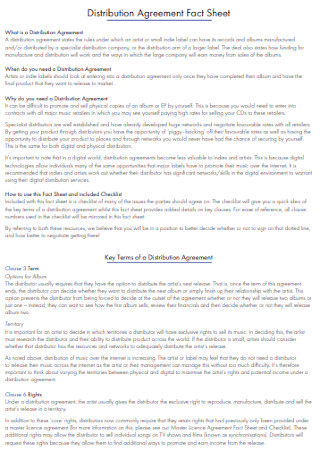
Distribution Agreement Fact Sheet
download now -
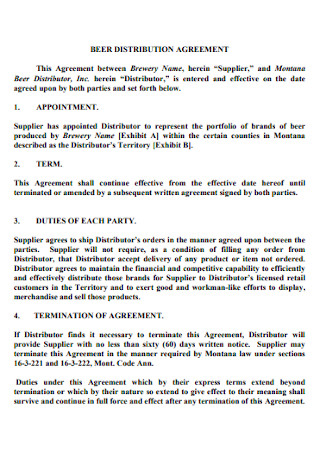
Beer Distribution Agreement
download now -
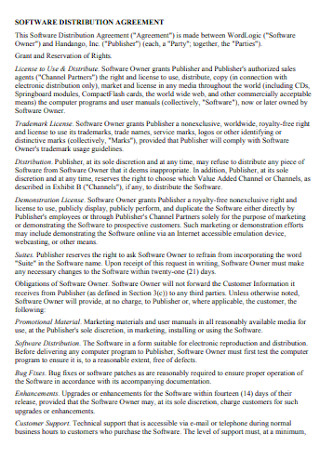
Software Distribution Agreement
download now -
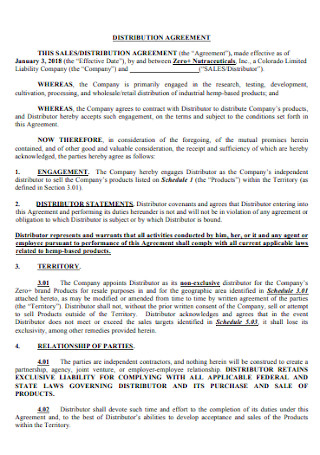
Sample Distribution Agreement Template
download now -
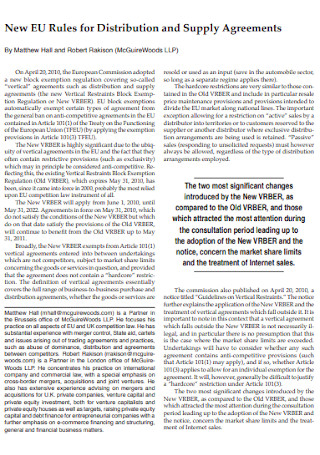
Distribution and Supply Agreements
download now -
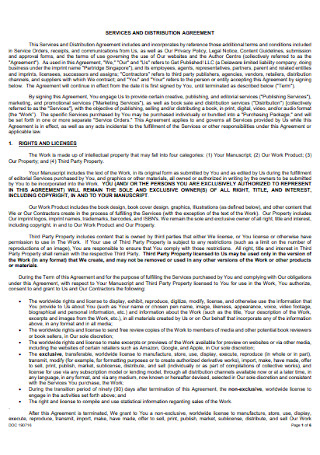
Services and Distribution Agreement
download now -
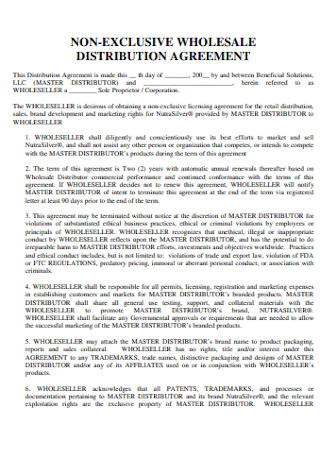
Wholesale Distribution Agreement
download now -
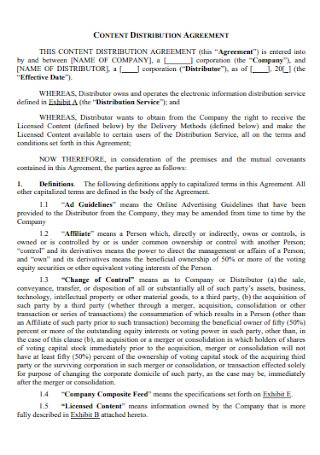
Content Distribution Agreement
download now -
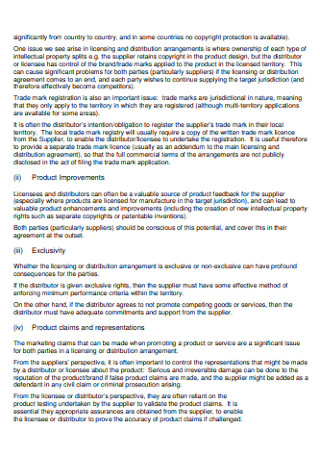
Licensing and Distribution Agreements
download now -

Asset Purchase and Distribution Agreement
download now -
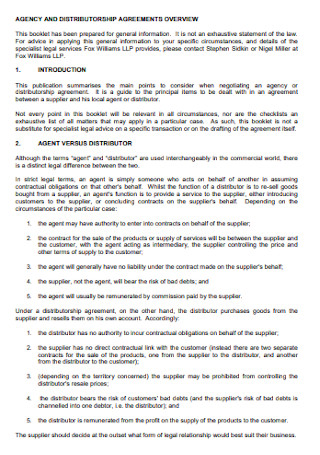
Agency Distribution Agreement
download now -
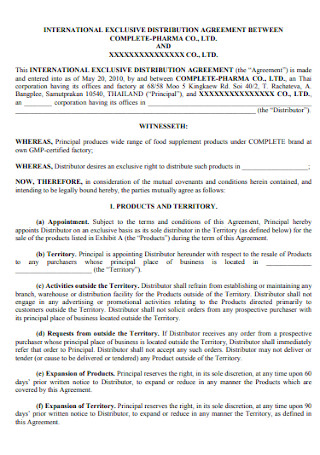
International Distribution Agreement
download now -
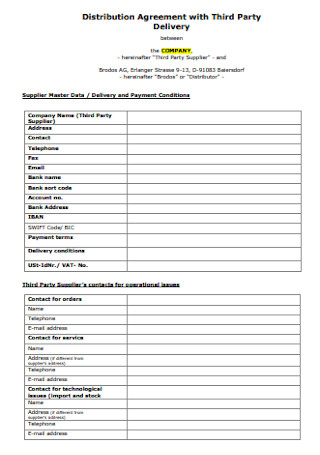
Third Party Distribution Agreement
download now -
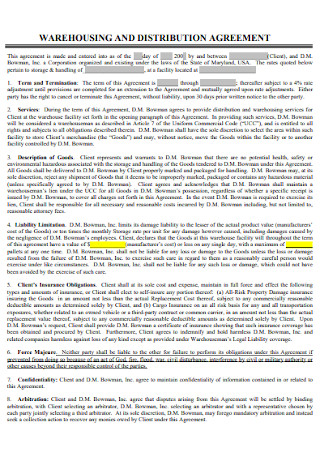
Warehousing Distribution Agreement
download now -
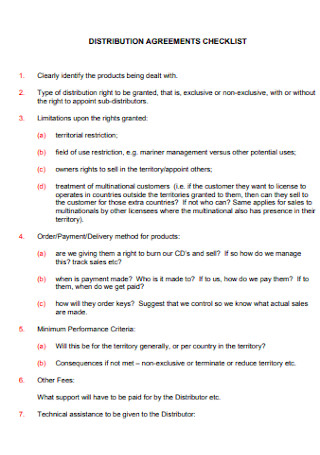
Distribution Agreement Checklist
download now -
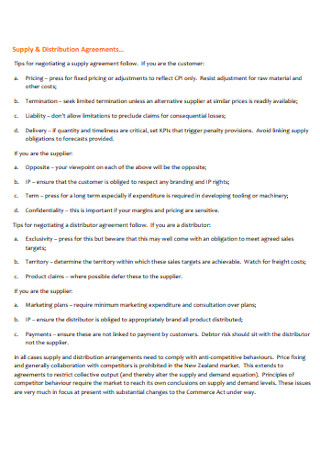
Supply and Distribution Agreement
download now -
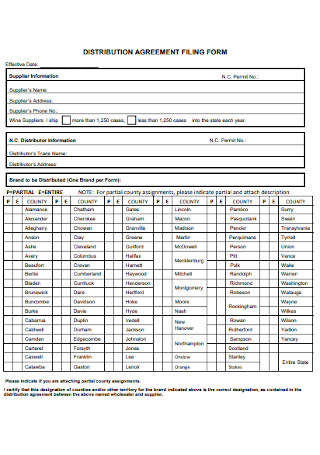
Distribution Agreement Filing Form
download now -
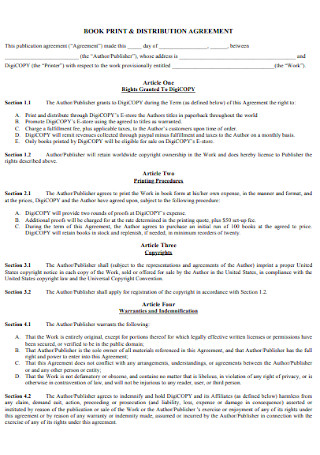
Book Print and Distribution Agreement
download now -
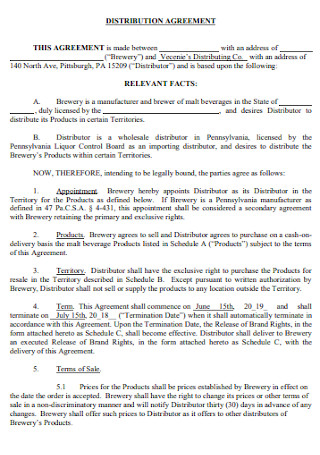
Basic Distribution Agreement Template
download now -
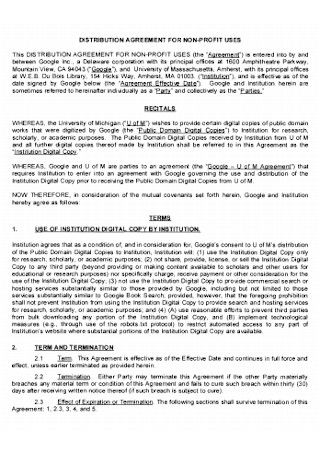
Distribution Agreement for Non Profit
download now -
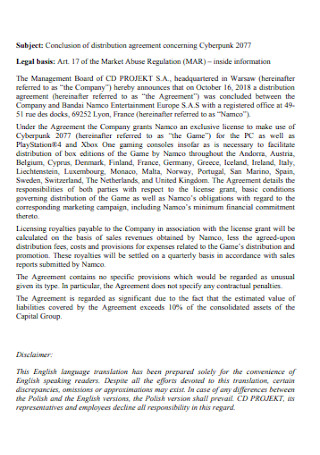
Conclusion of Distribution Agreement
download now -
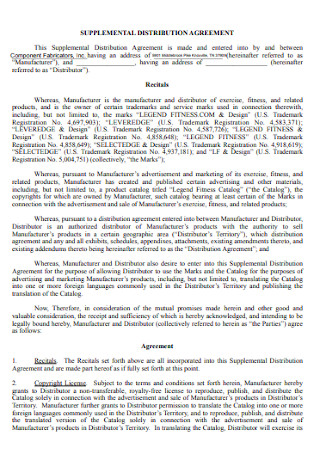
Supplemental Distribution Agreement
download now -
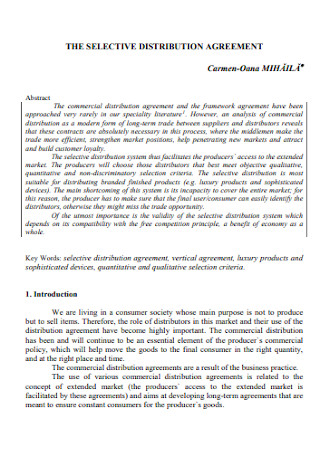
Selective Distribution Agreement
download now -
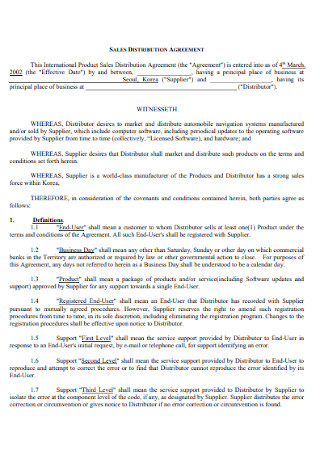
Sales Distributiion Agreeement
download now -

Precedent Exclusive Distribution Agreement
download now -
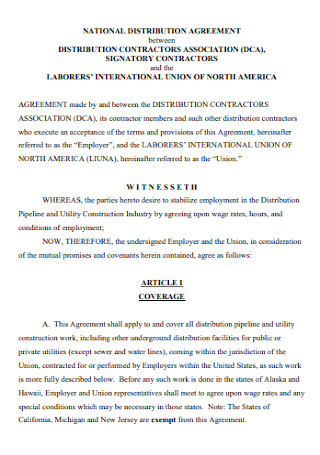
National Distribution Agreement
download now -
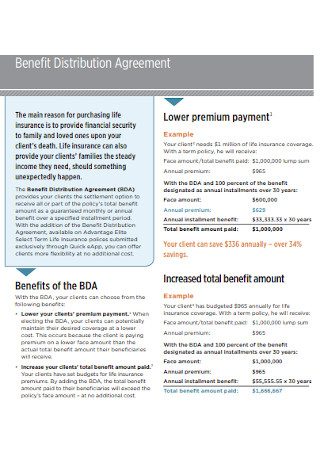
Benefit Distribution Agreement
download now -
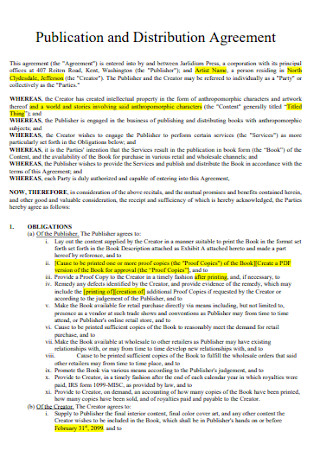
Publication and Distribution Agreement
download now -
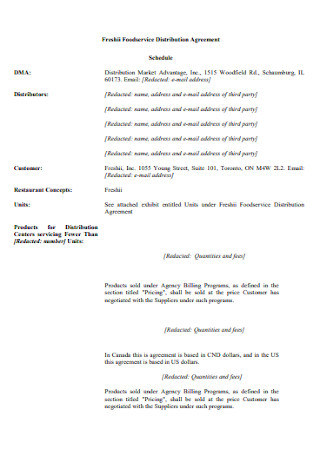
Foodservice Distribution Agreement
download now -
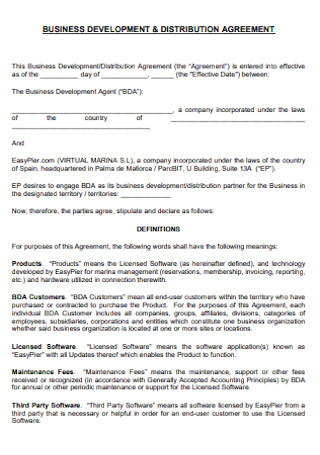
Business Distribution Development Agreement
download now -
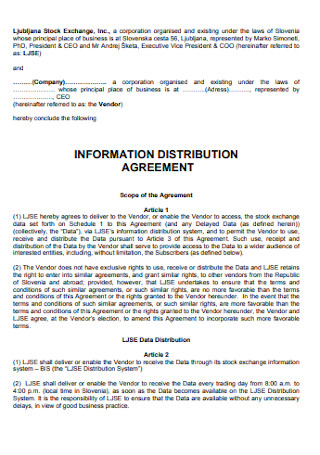
Information Distribution Agreement
download now -

Online Music Distribution Agreement
download now -
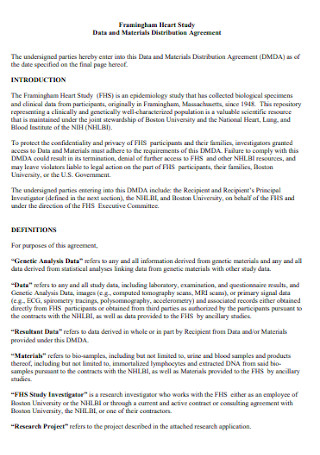
Materials Distribution Agreement
download now -
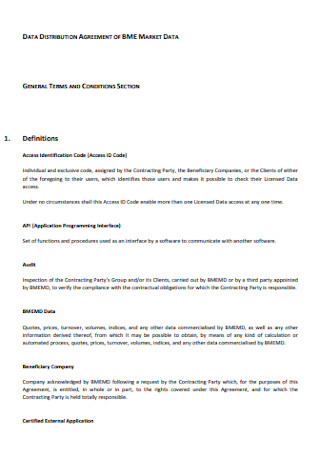
Data Distribution Agreement
download now -
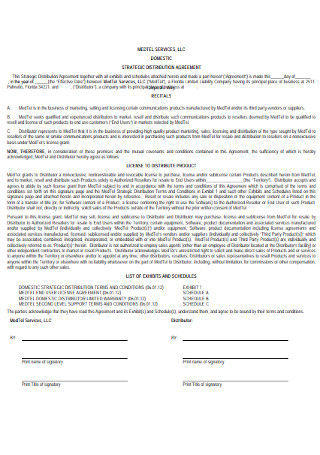
Strategic Distribution Agreement
download now -
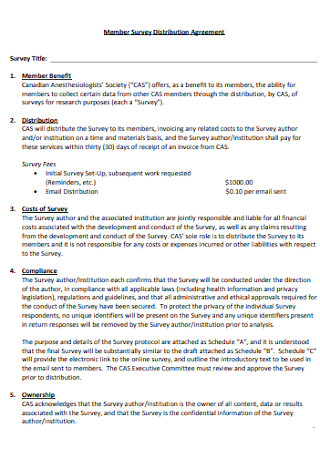
Member Survey Distribution Agreement
download now -
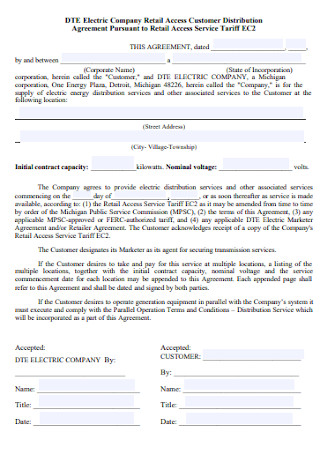
Retail Customer Distribution Agreement
download now -
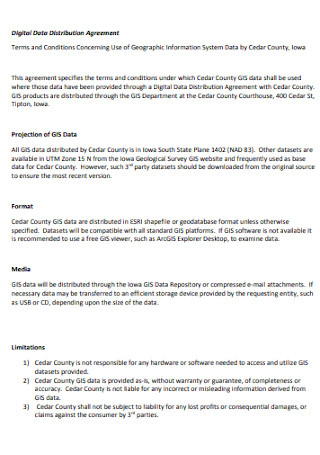
Digital Data Distribution Agreement
download now -
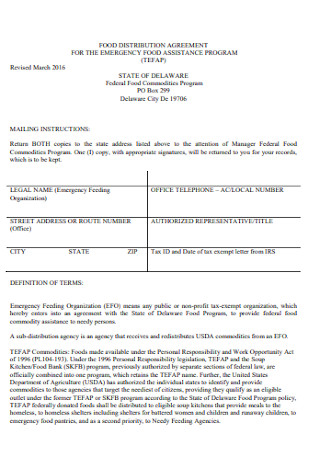
Food Distribution Agreement
download now -
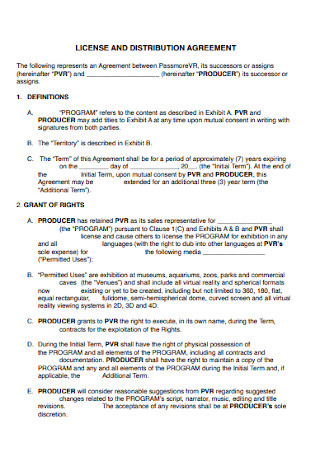
License and Distribution Agreement
download now -
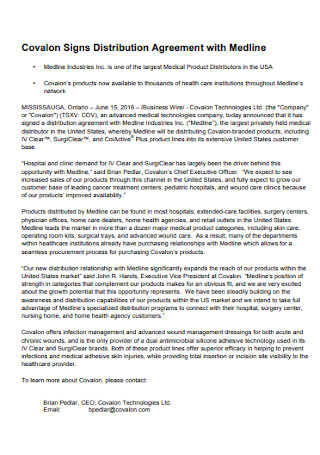
Distribution Agreement with Medline
download now -

Software Distribution Agreement Template
download now -

Meterial Supply Distribution Agreement
download now -
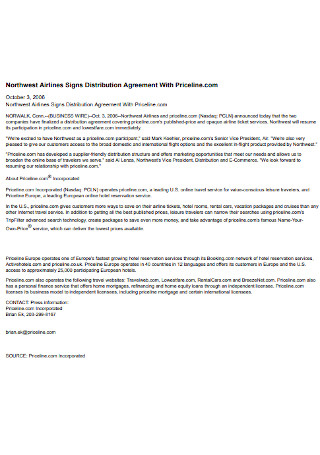
Airlines Distribution Agreement
download now -
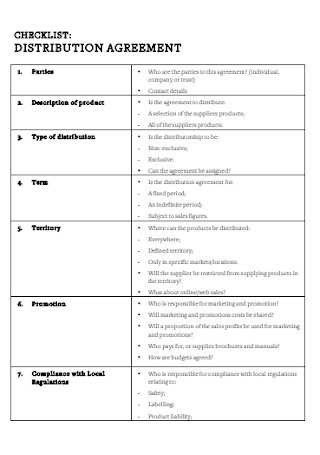
Sample Distribution Agreement Checklist
download now -
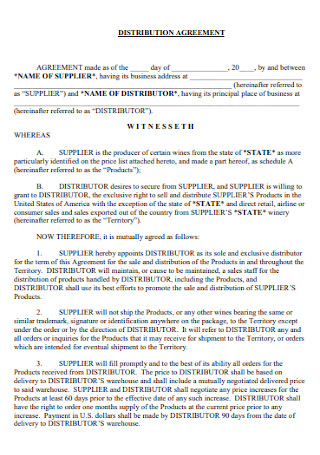
Distribution Agreement Format
download now -
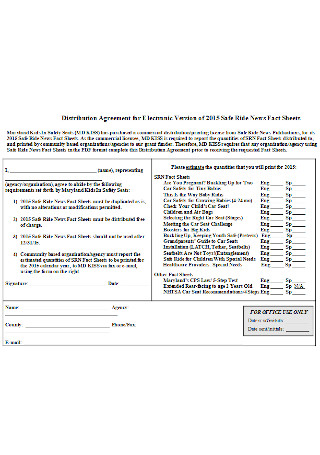
Distribution Agreement for Electronic
download now -

Legal Form Distribution Agreement
download now
FREE Distribution Agreement s to Download
49+ Sample Distribution Agreement Templates
What Is a Distribution Agreement?
What Are the Types of Distribution?
How to Make an Excellent Distribution Agreement
FAQs
What is another name for the distribution agreement?
Should I start a wholesale distributorship?
How do I secure a distribution deal?
What Is a Distribution Agreement?
Building relationships for profit is expected in business. And when a relationship involves a supplier who has goods to sell and a company that sells such goods, a distribution agreement or contract is at hand. Also known as a distributor agreement, the written contract deals with the stipulations and terms involving how a distributor settles to purchase products from the supplying business. More so, those products will be marketed and sold to specific geographical locations, whether in the domestic or international markets.
Around 100 million yards of fabric have been distributed mainly to Barbie clothes.
On another note, Statista reported that the estimated sales of wholesale trade in the US were about $7,582.3 billion in 2019.
Also, Entrepreneur mentioned that with the $3.2 trillion total revenue of American wholesale distributors, about 300,000 distributors were involved in the process.
Why Is the Distribution Agreement Important?
According to Entrepreneur, 300,000 distributors made the $3.2 trillion total revenue of wholesale distributors in the US possible. And with that huge number of distributors, can you imagine how messy businesses would be without management and a clear agreement? Hence, the distributor agreement form is vital to outline every rule, requirement, and detail related to distribution. You will not only know the people behind selling, marketing, and distributing because you shall discover each person’s role in the process too.
What’s more? Suppliers and distributors in a partnership are benefited from the agreement. Of course, a win-win situation should be involved to make every party commit to the deal. Fees and commissions are part of the picture too. So when distributors sell using the suppliers’ products, suppliers don’t have to fret about ensuring their items reach the right target.
What Are the Types of Distribution?
Manufacturers who produce goods and retailers who sell products to consumers form a relationship. But in between the relationship, distributors are also crucial. A distributor’s role is to help move the goods from manufacturers to the right market. But, did you know that there are different ways of dealing with distribution? In fact, there are five main types of distribution, and these are the following:
How to Make an Excellent Distribution Agreement
There is no rule that a binding agreement for distribution is required. An informal talk or oral agreement may suffice anyway. However, isn’t it scary to form a contract without any guarantee of dealing with conflicts or disputes? Thankfully, a written distribution agreement fixes typical issues and misunderstandings of deals. And how do you create one? Just follow these easy steps on how to make an excellent distribution agreement:
Step 1: Introduce the Agreement and Parties
Don’t write the distribution terms, clauses, and conditions yet without an introductory statement. The introduction serves as your chance to open what your document basically is. You may state that the whole form is a distributor agreement for the title. But you have to be more specific than that. What are the products being distributed? Who are the suppliers, distributors, and other parties, and what is the relationship between such parties? Make sure your introduction answers such questions.
Step 2: Define the Scope
Next, expound the distribution agreement further. Start with the scope of the agreement. This part indicates what type of distribution is in place, and you already know those types, as discussed earlier. After that, note every territory involved in distributing. Remember that distributors can sell or market in specific locations and markets. Mark them down. Also, this segment specifies what each party’s role is. Thus, everybody is reminded of the objectives to fulfill in the process.
Step 3: Indicate the Prices and Payments
Of course, parties don’t just trust each other for naught; money is always part of the deal. And the agreement should include the orders, price, and the terms of sale or payment. Indicate how much a business agrees to sell, and how much a distributor agrees to buy. Moreover, calculate the discounts, especially in bulk orders. Don’t forget that there are shipping fees involved too. And the prices from one country may not always be the same as another. Most importantly, be honest with the calculations to prevent issues afterward.
Step 4: Note the Responsibilities
While it is easy to label roles on who should be the supplying company or the distributor, there should be further discussions on each side’s responsibilities. You may state in the document that a distributor should perform the following obligations and services in detail. And be sure to specify each obligation by enumerating them. Also, the supplier or company must have their responsibilities spelled out. Should they provide training or special programs for distributors? Whatever it is, note it down.
Step 5: Include the Dispute and Termination Clause
You already know that the regulations and terms should be part of a contract. And there will be consequences if any party fails to follow the stipulated terms. To make sure everyone agrees on what consequences will be done for any possible cancellation or dispute, incorporate the dispute or termination clause in your agreement. This part is essential to know not only when the agreement takes effect but also when it will end. Moreover, write the conditions on what practices are classified to be terminable or acceptable.
Step 6: Incorporate the Signature Blocks
What else should you add to the distribution agreement? Think carefully because the regulations, conditions, and content of the agreement may vary among different businesses. Should you wish to include a confidentiality agreement as well? Or maybe, indemnification and limitation of liability clause? And once you have it all written down, one thing is common for most agreements—it all ends with signature blocks. Although there is no law that signatures are required, getting everyone’s signature formally certifies the agreement. Hence, those signs indicate that every party has read, understood, and completely agreed with the terms.
FAQs
What is another name for the distribution agreement?
There are lots of names associated with distribution agreements. And aside from distributor agreement, the same thing applies to product distribution and distribution rights agreement. Albeit the terms are quite similar, there can be specifications that make those agreements different. It is important to note such differences as well to prevent making the wrong labels in agreements.
Should I start a wholesale distributorship?
Whether you are already a well-known professional, a new manager, or perhaps, bored with your job, wholesale distributorship may just be the perfect job for you. The process works by trading products for profit, which was even practiced by merchants or traders since the 18th century. Furthermore, the estimated sales of wholesale trade in America even reached to $7,582.3 billion in 2019. And with plenty of people who profited from this industry, you might meet the same fate with a well-thought-out distribution agreement and management plan.
How do I secure a distribution deal?
You can use lots of ideas in securing that deal for distribution. You could use referrals, build a brand in a network, learn from successful distributors, and so forth. Nonetheless, securing the deal depends on strategy, so you better explore your niche and creativity in finding ways here.
Russian-American writer Ayn Rand once said, “Creation comes before distribution—or there will be nothing to distribute.” The same can be said regarding a distribution agreement. You create an agreement plan first before distributing anything. And every party involved in the plan should be aware of what to observe and establish for the entire process to work successfully. Because at the end of the day, the whole point of the distribution is not mainly to make money. It is about creating bonds between parties too.
